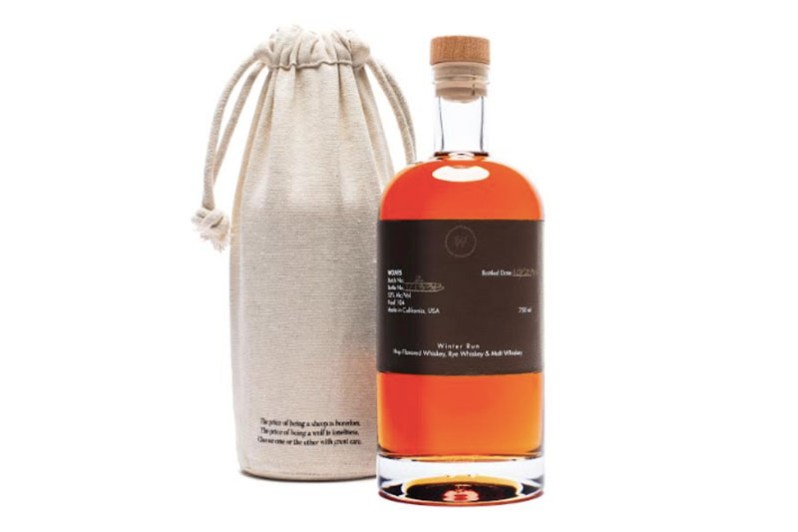Last year, the first release from new brand Wolves Whiskey sold out quite rapidly, something which founders James Bond (co-founder of Undefeated) and Jon Buscemi (founder of Buscemi) hope to repeat. This year’s release is called Winter Run, and like last year’s it’s a blend of various whiskeys, mostly distilled by master distiller Marko Karakasevic of Charbray Distillery. This year’s release is a blend of the following: whiskey distilled from stout beer aged in French oak for eight years, whiskey distilled from pilsner beer aged in new American oak for five years, rye whiskey (not distilled by Karakasevic), and a single malt whiskey aged for nine years in used French oak.

Yes, this is basically another celebrity-fronted whiskey, although not of the caliber of, say, The Rock’s new tequila venture. It’s questionable how much these fashion mavens actually had to do with selecting the liquid that you will find in the bottle, although according to Buscemi they were very involved. “We took some cues from First Run while incorporating a really earthy single malt,” he said in a prepared statement. “I like single malts all year round but enjoy them most in the colder months. It took a lot of work to get this right, but the result is special and I’m happy we were able to crank out a few more bottles this time in production.”
The availability of this bottle is extremely limited (1,338 available) and it is priced exorbitantly at $185. It’s safe to presume there are many who will buy it who know little about whiskey and a lot about sneakers; moreover, it’s reasonable to question whether the presentation is absolutely necessary — “chocolate espresso” Italian sheepskin leather is wrapped around the French-cut bottle, the cork is made of maple wood, and the whole thing comes in a hand-stitched canvas sleeve.
But — and this is the most important thing — the liquid inside the bottle is truly very interesting, and a good example of the creativity that is currently going on in the world of American whiskey outside of the bourbon sphere. To be clear, this won’t appeal to everyone. There’s a pronounced skunky hops flavor that hits you up front, with strong notes of dark chocolate, toasted nuts, and espresso on the palate, while the nose is all caramel and toffee. Overall, this stands out from other whiskeys in the crowded American field, and it’s nice to find people with some money to spend looking beyond MGP to source their whiskey.
Wolves is available now while supplies last at the Wolves Whiskey website, as well as via Flaviar.



